TPMS (Tire Tressure Monitor Sensor)
![]() What is a Tire Pressure Monitoring System?
What is a Tire Pressure Monitoring System?
A tire pressure monitoring system or TPMS is an electronic system for monitoring the air pressure in a vehicle tire and automatically transmitting a warning to the driver in the event of an under or over inflated tire. These systems have been legislated to be progressively installed on all new passengers carrying US vehicles and a similar move is taking place worldwide.
The sensors also transmit data such as their unique sensor ID, temperature and pressure, battery life and other diagnostic information. This data is sent to the Engine Control Unit (ECU) or specific receiver on the vehicle. Those vehicles which have graphical displays of the TPMS positions can then show on which wheel there is a problem. TPMS can affect many things in the drivability of the vehicle.
There are 2 types of TPMS systems.
Direct TPM systems measure the air pressure inside a tire “directly” with an
Electronic sensor, usually attached to the valve stem, or banded to the wheel.
Indirect TPM systems don’t measure the air pressure at all; they rely instead on 9 other electronic sensors (usually the wheel—speed sensor that is part of the ABS system) to estimate the tire pressure based on tire circumference. As the pressure in a tire decreases, the circumference of that tire also decreases. The ABS computer can detect a small variation in wheel speed, and then compare that value to a previously “initiaIized” wheel-speed value to determine the possibility of a low tire.
Other terms:
ABS Anti-lock Brake System. Indirect TPM systems use the ABS system.
AUTO-LEARN Typically describes a TPM system that automatically learns sensor lD# after replacement or tire rotation. All auto-learn systems will eventually complete the re-learn process without any intervention by the service tech.
Cradle Direct TPMS sensors are usually attached to a cradle, which is then
Banded to the wheel.
DIC is Driver information Center (also Multi-information system). Used by many Manufacturers to provide driver access to the TPMS relearn or initialization menu. DIC systems vary greatly from model-to-model. Each reset procedure is covered. Check vehicle manuals
Initialize The process of resetting the pressure threshold, or “target” value. Some direct systems have a variable target value that must be initialized with a reset button or menu selection. Other direct systems have that value hard coded into the computer, usually requiring a dealer visit to change it. All indirect systems must be initialized after any tire services including inflation.
Location type TPM systems keep track of the location of each sensor on the
Vehicle. These systems can display individual tire air pressure values and warnings to the driver. These systems may require a relearn procedure after tire rotations. Example, Change tire from from to back
No-Location type TPM systems do not keep track of the location of each sensor
on the vehicle, and therefore do not notify the driver which tire position is low on pressure. No-location systems are not affected by tire rotation.
Relearn (Reset) Used in this book to describe the process where the TPMScomputer learns the unique sensor ID#. This is important to prevent the com-puter from monitoring a stray signal from a sensor that is not part ofthe vehicle.Reset and Relearn are used interchangeably in this book. RKE Remote Keyless Entry. RKE in this manual refers to the actual battery operated device (usually a key—fob) for locking and unlocking vehicle doors, etc.The RKE buttons are used to put the vehicle in learning mode on some models. Scan Tool Usually a dedicated tool used to interface with the vehicle computer through the OBD port. Dedicated aftermarket TPMS tools are widely available, but require software updates for new models. Sensor The wireless electronic device mounted inside the tire that senses pressure and temperature and broadcasts that information to the TPMS receiver. TPMS RESET TOOL (Also RF-Tool) A radio—frequency sensor-triggering toolused to cause a sensor to transmit information to the TPMS receiver. Usuallyused while the system is in relearn mode to register sensor IDs and location.Also used to “wake up” sensors, causing them to exit “sleep mode” and transmit pressure values to extinguish a && light that remains on after tire servicing. TPMS+ A “next generation” dedicated TPMS reset tool that connects directly tothe OBD connector. A necessary tool for putting many Asian models in learningmode. TPMS Magnet Usually around doughnut-shaped magnet placed over the valvestem in the relearn procedure. The magnet sets a switch in the sensor to transmit mode. &&& Low Tire Warning light, typically found in the instrument cluster. Temperature/Pressure CompensationAs the temperature of the air inside a tire increases or decreases, their is a Corresponding change in the pressure reading (psi) of the tire. MostSystems compare the actual tire pressure, as measured by the electronic sensor With a “target” pressure that is either hard coded (fixed) or variable. Many factors can affect the temperature of the air inside the tire, including the amount of time and distance a vehicle has been driven, pavement temperature and vehicle load, and environmental ambient air temperature. You can compensate for the temperature variations that are expected to be than the current ambient air temperature. Never try to compensate for HOT tire pressure by releasing air from the tire. A “false” && light is a warning signal that occurred because the air pressure inside a tire (psi) temporarily went below the threshold value of the TPM system due only to exposure to low environmental temperature, not an air leak. You can help prevent “false” && lights by compensating for indoor/outdoor temperature difference. Always check and adjust tire pressure when the tires are COLD if possible.Tires are usually considered cold when the vehicle has not been driven for three to four hours and the tires are at or near the outside ambient air temperature. As a tire service professional, you likely will not have the time to allow for tire temperature to stabilize, but you can and should compensate for differences between indoor and outdoor temperature.





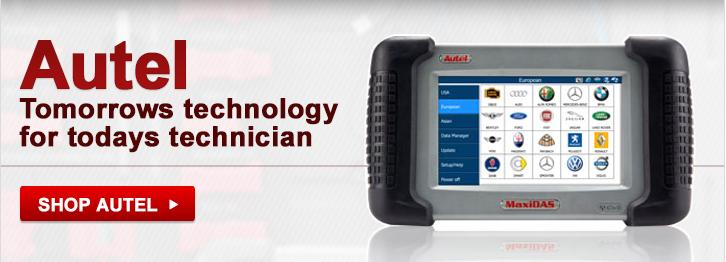



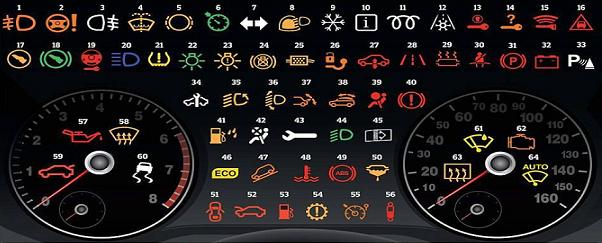
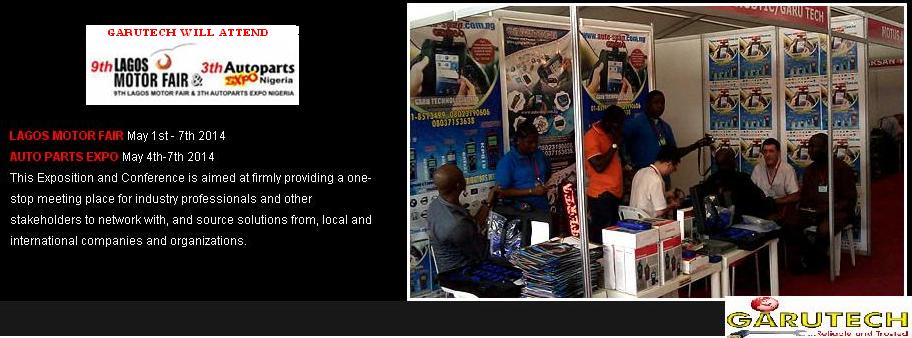

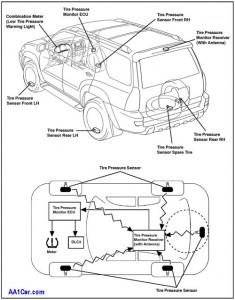
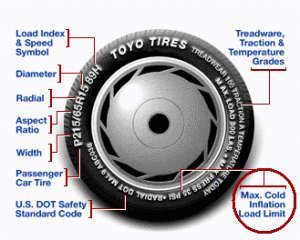



Leave Your Response